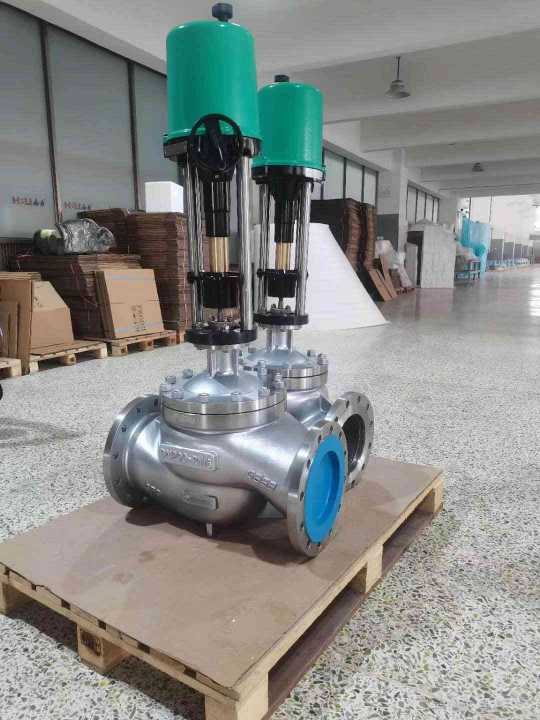The Electric Single Seat Regulating Valve is an essential component in many industrial applications where precise control of fluid flow is required. This valve operates with an electric actuator to regulate flow, pressure, or temperature in a system, offering high efficiency, precision, and ease of automation. In this article, we will explore the key features, operation, and applications of the Electric Single Seat Regulating Valve, shedding light on its critical role in modern industrial processes.

What is an Electric Single Seat Regulating Valve? At its core, the Electric Single Seat Regulating Valve is a type of control valve designed to manage the flow of fluids, typically in a pipeline system. The “single seat” design refers to the valve’s internal structure, where only one sealing surface is involved in the flow regulation. This design allows for a more streamlined and efficient control process. The electric actuator, responsible for driving the valve, responds to signals from control systems, such as PLCs (Programmable Logic Controllers) or DCS (Distributed Control Systems), to adjust the valve’s position, thereby controlling the flow rate or pressure of the fluid.